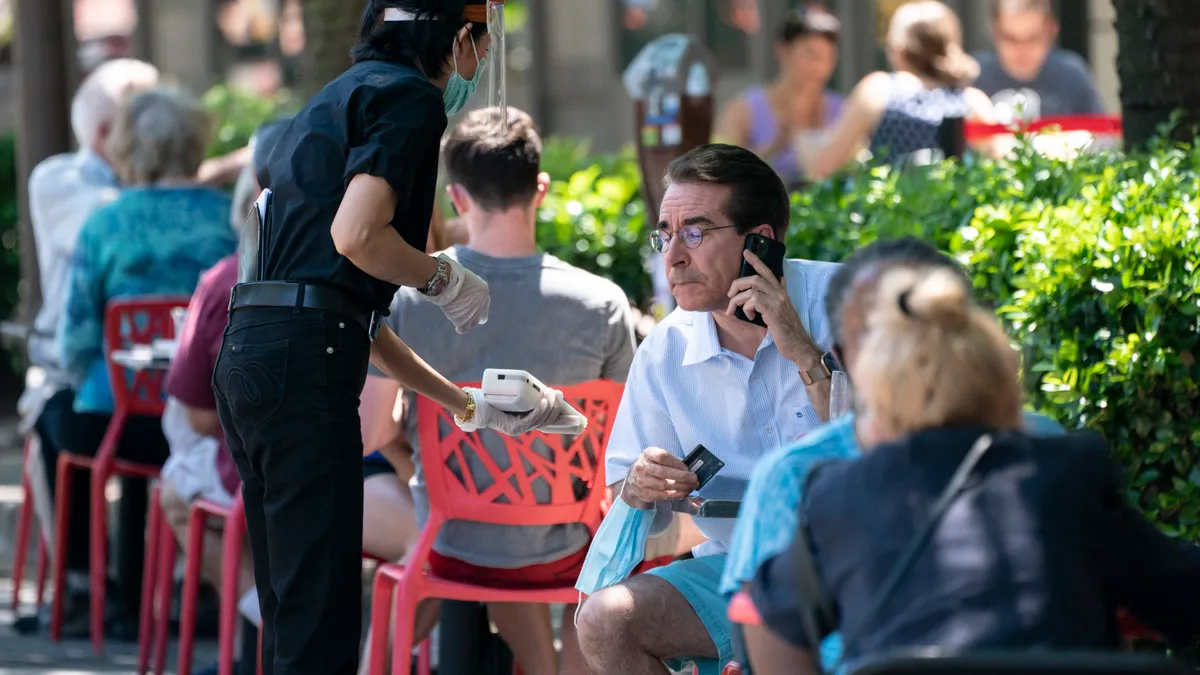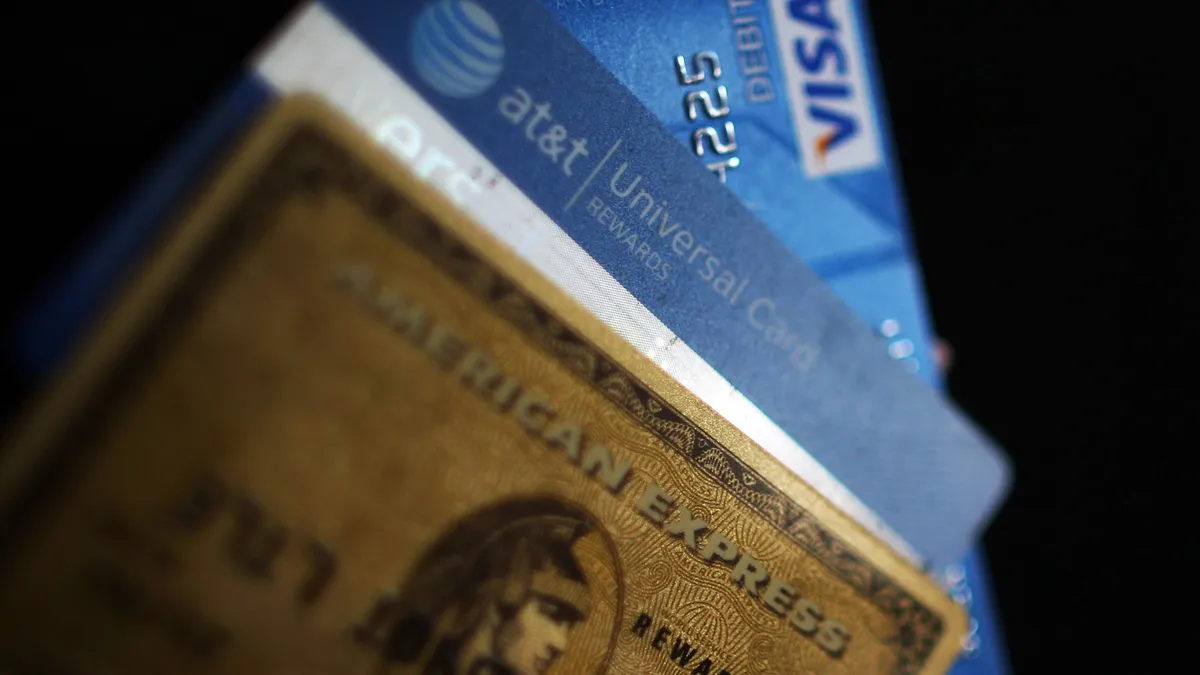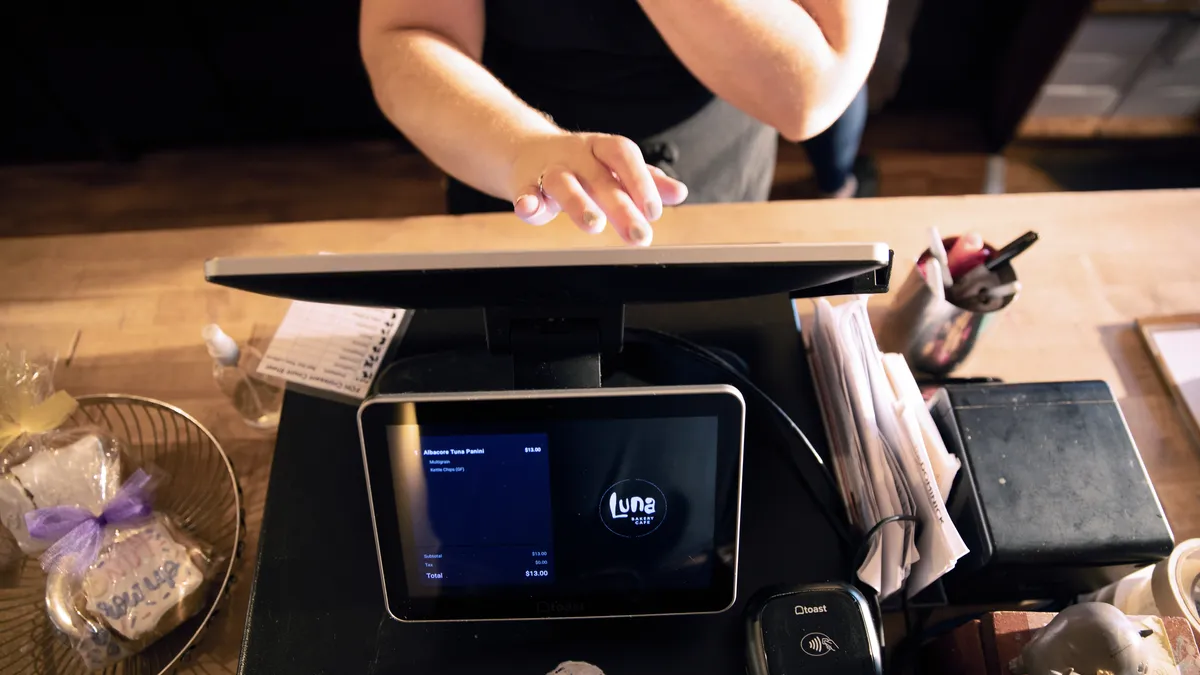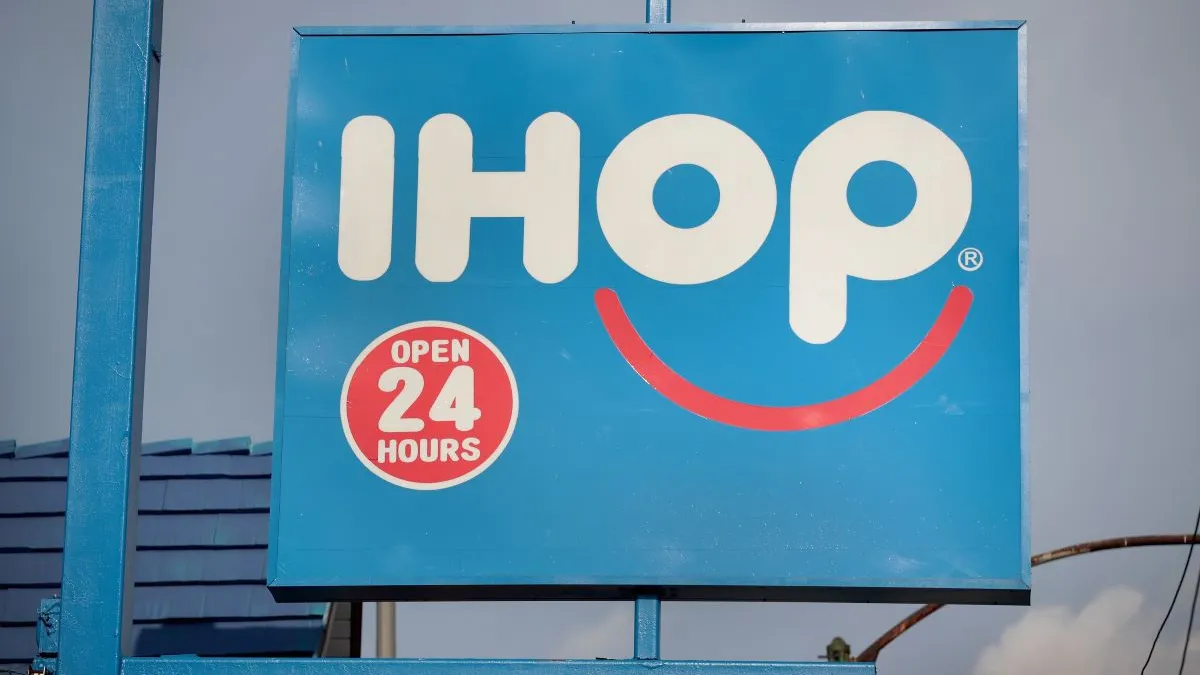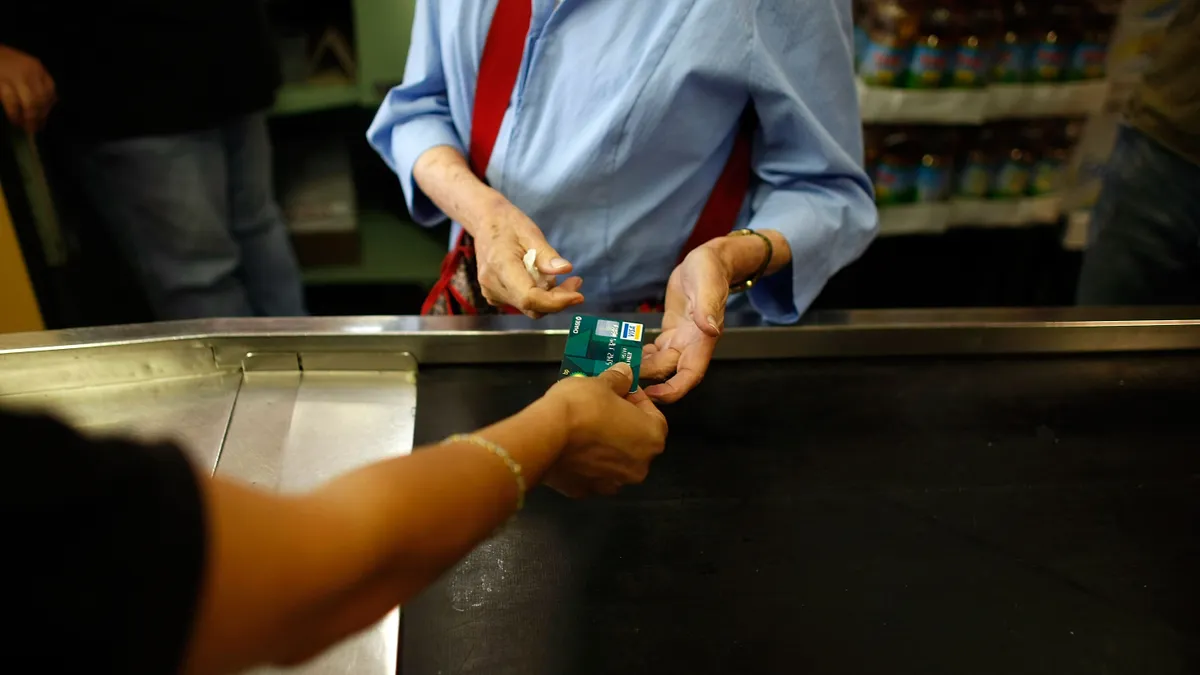Dickson Chu is the CEO of Reno, Nevada-based Copper, which offers point-of-sale payments and data collection software services for restaurants.
Instead of looking to innovation to add value for their customers, I’ve been disappointed to see how the payments industry is constantly looking for ways to profit off of small businesses in sneaky ways.
I’m sure many merchants are under the mistaken impression that they are getting the best rates because their payment provider tells them they are paying “interchange plus a couple of pennies, aka, getting the wholesale price.” What they don’t tell you about are all the junk fees added onto the monthly statements.
The addition of these fees is especially prevalent in the restaurant industry. And as the pandemic made clear, many restaurants operate on razor thin margins so operators should always be looking for ways to trim costs. I have a few ideas that could help.

Some greedy processors charge a 0.62% fee to restaurants using payment processing systems that are not EMV compliant. While that might not sound like a ton of dough, remember this is on top of the 2% payment processing fee you are already paying. With the penalty, that means paying 2.6% for every transaction — a 30% penalty — and it adds up quickly. A restaurant that processes an average of 4,000 checks per month at a $50 per ticket average forks over $1,240 in penalty fees each month.
Card networks are implicated in the penalty issue, too. Consider the “fallback” penalty. The EMV compliance mandate was issued by Visa and Mastercard more than five years ago, but even today only about 70% of transactions are EMV compliant. Why so low? Because most merchants believe the cost of upgrading equipment outweighs the benefit of avoiding consumer fraud in a “card present” low-risk environment like a restaurant. The result is that many merchants just ignore the mandate.
To further compound the problem, chip cards and chip readers can be finicky and have a 2-3% failure rate. To avoid a hassle, some operators choose to routinely swipe cards instead of using the chip either because they fear a poor service experience for their consumer, or because it’s a habit that’s just hard to break.
What’s more, around 30-40% of merchants have never installed EMV compliant equipment. So how do banks make money on this? At least one credit card network now charges merchants a fee when more than 10% of transactions are processed by swiping. The fee is $0.10 for each fallback transaction. This is outrageous. If a restaurant operator’s point-of-sale (POS) has been upgraded to accept chip cards and never has issues with chips, there’s no problem. But any time there are errors, or if an operator has never set up a chip-reading system, there’s a $0.10 penalty on every tab that’s processed?! The restaurant that does 4,000 transactions per month could pay $400 in penalties.
The next way payments processors gouge restaurant operators is via the “non-qualified” interchange rate. The usual process for restaurants to close a check being paid by credit card involves a two-step process: 1) run the card for the initial authorization, and 2) adjust the authorization amount after the consumer has added the tip amount and signed the ticket.
This post-authorization adjustment that accounts for the gratuity is pretty much built into every POS system and restaurants' workflow. Most restaurants fall into the “best rates” category in the interchange system. However, under new rules this year for post-authorization adjustment, the restaurant would fail to get the best rate and instead would fall into the new, non-qualified interchange rate of 2.95%.
So what does this mean? Let’s do some quick math: If the average ticket in a restaurant is $70 and the tips average $15 (since most people tend to round off their tip amounts to 0’s or 5’s) the majority of credit card transactions fall into the 2.95% non-qualified rate instead of the usual 1.9%. In essence, this all means the merchant is penalized for a structural process reinforced by the way the POS systems work, i.e., the two-step process, or because customers are being generous. Another outrage.
By the way, operators can avoid this particular penalty by accepting cash only, accepting debit cards vs. credit cards (which is technically against network rules so could have unintended consequences) or by using a payment system that allows customers to add their tip at the same time they pay their check. This type of system is typically a semi-integrated handheld payment terminal or a wireless terminal that receives all the ticket information on a smart cord enabled wireless device. In this scenario, the full ticket amount (base amount, tax and tip) is sent for authorization all at once so there is no post-authorization adjustment needed.
There are plenty of other “junk” fees including a “1099 fee,” a “statement fee,” a “PCI compliance fee,” a “Next day funding fee,” and the list goes on and on.
If they want to save a chunk of money every month, restaurant operators, especially independent restaurateurs, must spend a little bit of time reviewing statements and pushing back against their payment system providers about these fees. Sadly, it is unlikely that providers will go out of their way to help operators avoid any of these penalties.


